Creating a visually appealing farmhouse means embracing simple, timeless elements that reflect village life charm. It often involves mixing rustic materials like exposed wooden beams with clean, modern finishes to balance warmth and sophistication. The key is combining natural textures, soft neutral colors, and thoughtful decor to craft a cozy, inviting atmosphere that feels authentic.
Attention to detail plays a big role in village aesthetics. Using vintage prints, grouped collections, or carefully chosen accents can add personality without overwhelming the space. By focusing on these subtle touches alongside architectural features, a farmhouse can feel both stylish and welcoming.
This approach allows any home to capture the essence of a quaint village lifestyle while remaining practical and comfortable. It’s about creating a space that looks as good as it feels to live in.
Core Elements of Village Aesthetics
Village aesthetics rely heavily on tangible, tactile features paired with natural color schemes and thoughtful architectural details. These core elements work together to create a visual harmony that feels lived-in and welcoming.
Essential Materials and Natural Textures

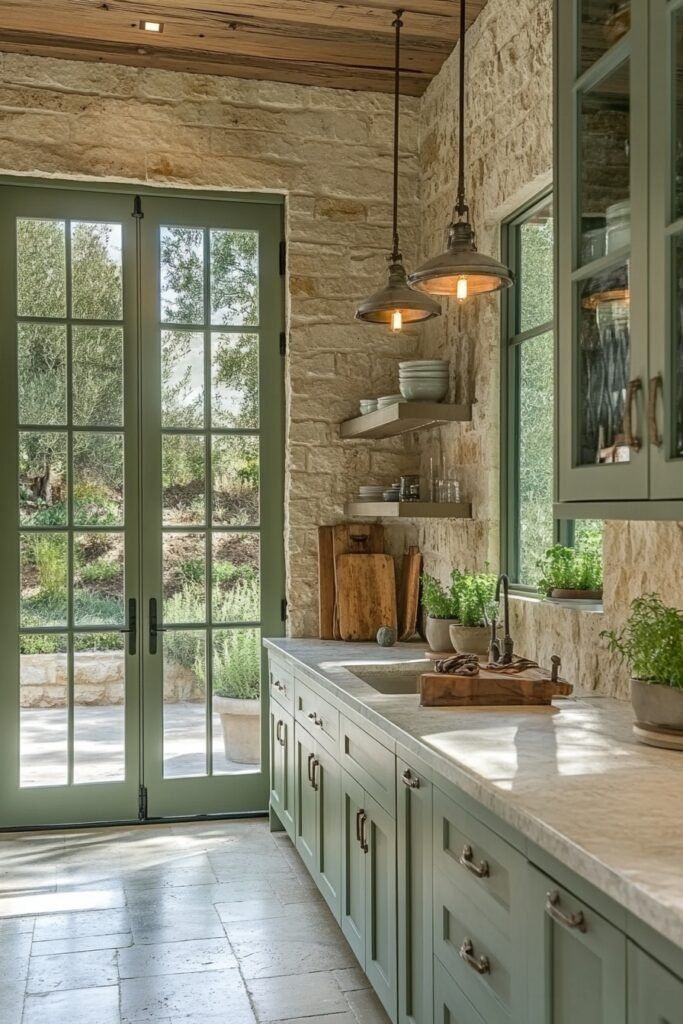
Using materials like wood, stone, and brick is vital. These substances provide a sturdy, organic look and introduce a tactile warmth that artificial materials cannot match. Rough-hewn wood beams, weathered stone walls, and clay bricks are trademark textures.
Textiles like linen and burlap add softness without losing rustic appeal. Natural fibers help maintain an authentic, hand-crafted vibe crucial to farmhouse settings.
Choosing Rustic Color Palettes
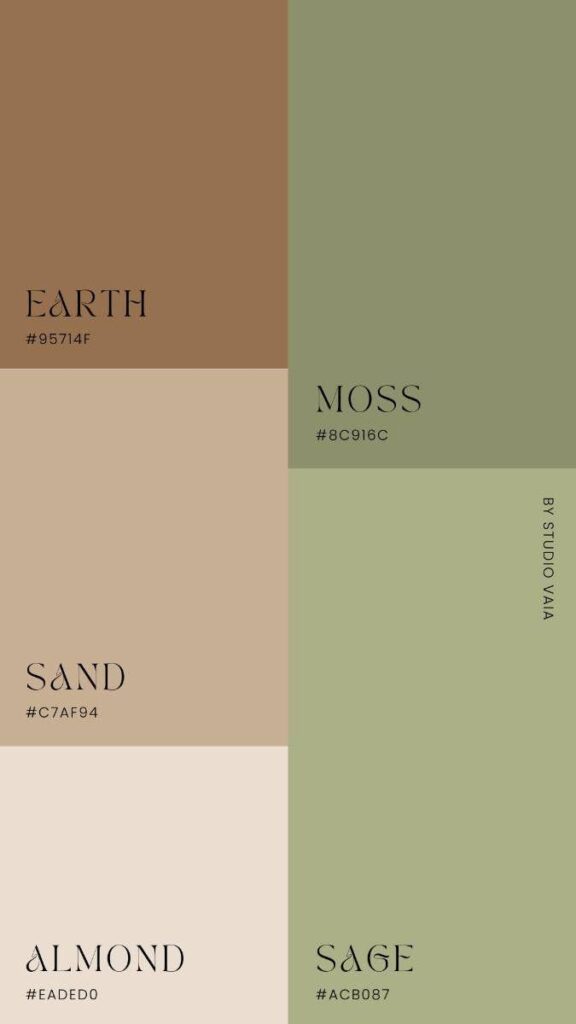
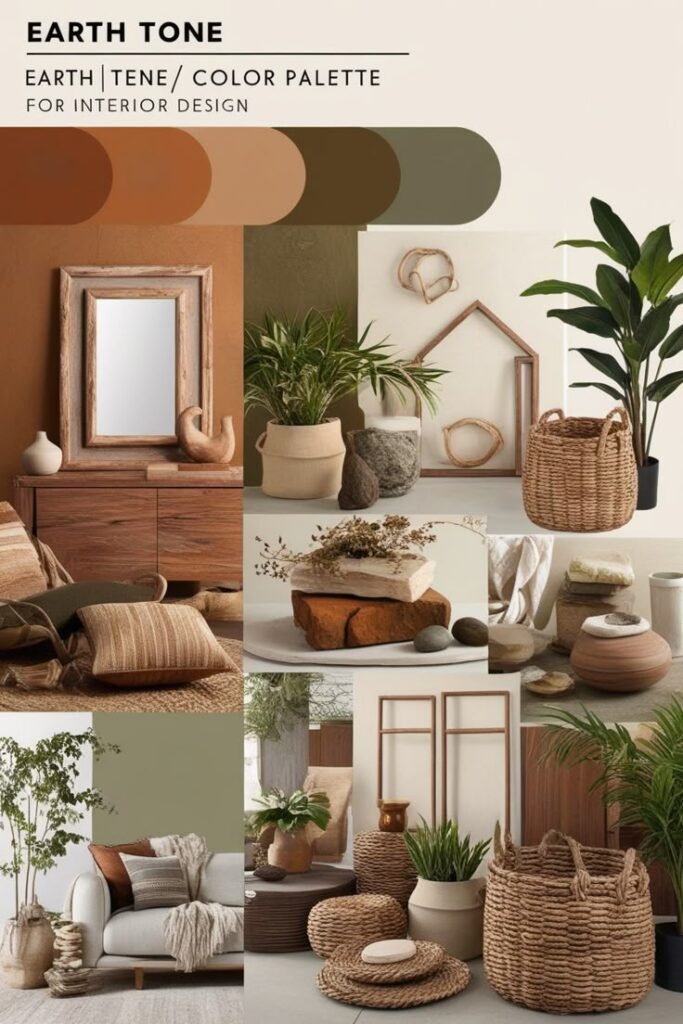
Muted, earthy colors define farmhouse visual appeal. Shades like sage green, soft taupe, cream, and warm gray create a soothing and grounded backdrop.
Accent colors in rustic red, deep navy, or mustard yellow can add subtle interest. Avoid overly bright or glossy finishes to keep the atmosphere calm and natural.
Architectural Details and Structure
Simple building forms paired with functional design embody village charm. Features such as steep gable roofs, exposed rafters, and wide front porches are common.
Windows with divided panes and shutters enhance character while providing practical benefits. Rough stone foundations or wooden siding also contribute to the authentic farmhouse silhouette.
Designing a Charming Farmhouse Exterior
A visually appealing farmhouse exterior combines natural elements, thoughtful structures, and well-placed decorative touches. These details create a warm, inviting atmosphere that reflects rural charm while enhancing curb appeal.
Landscaping for Authentic Appeal
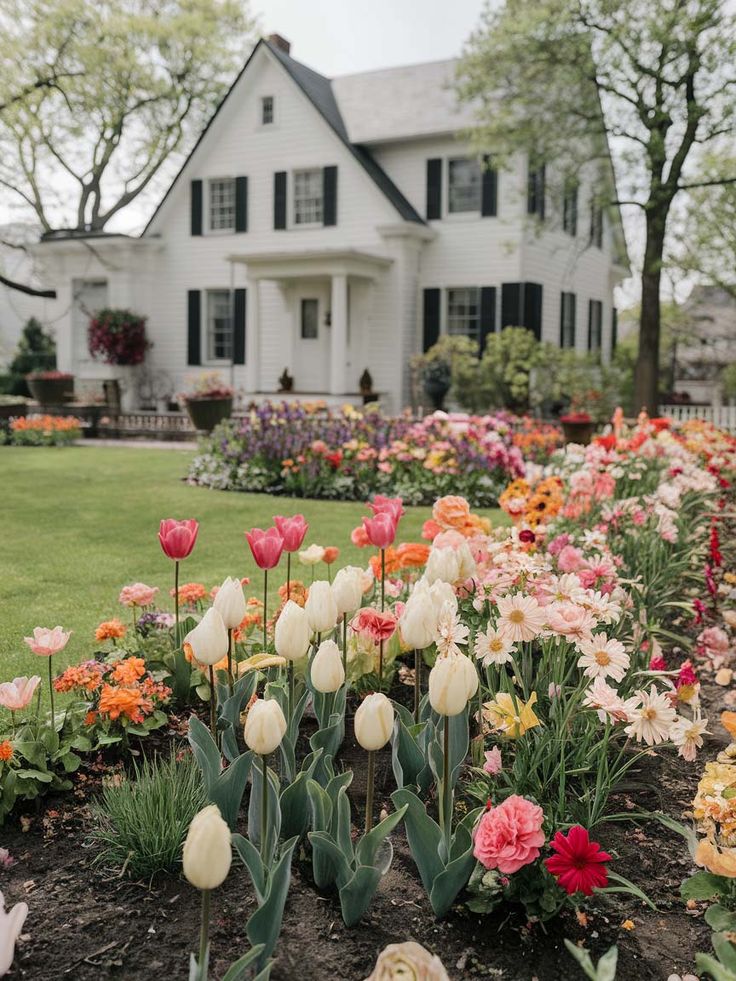
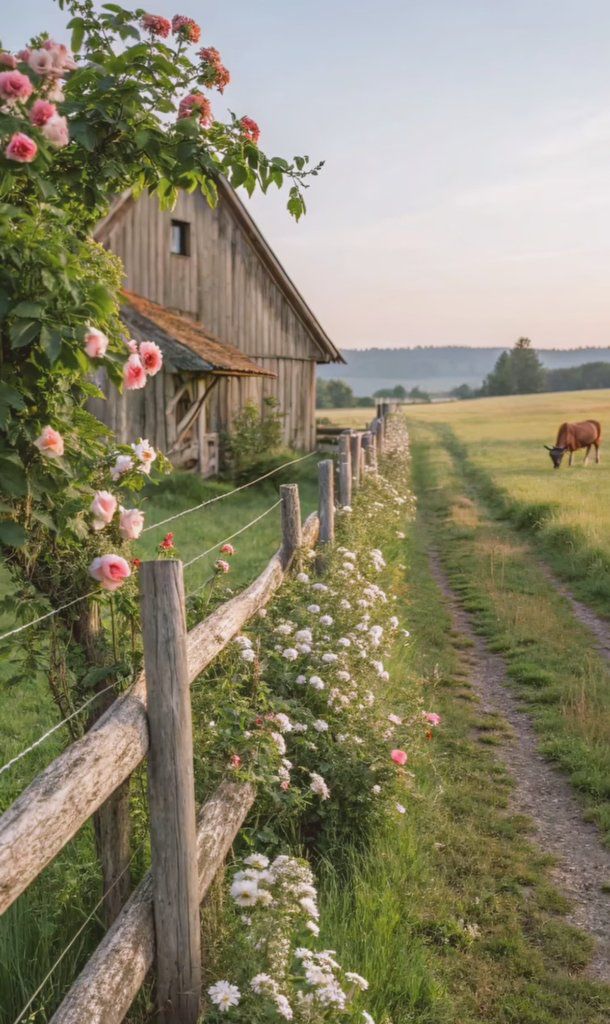
Natural, functional landscaping helps anchor the farmhouse to its surroundings. Using native plants, wildflowers, and low-maintenance shrubs gives the yard an organic look without needing constant care.
A simple lawn bordered by flowering bushes or grasses adds softness that balances the farmhouse’s clean lines. Incorporating gravel or stone pathways maintains rustic charm and guides visitors toward entrances.
Trees play a big role too. Planting fruit or shade trees near the house adds both beauty and practicality. It provides seasonal color and a sense of tradition.
Porches and Entrances
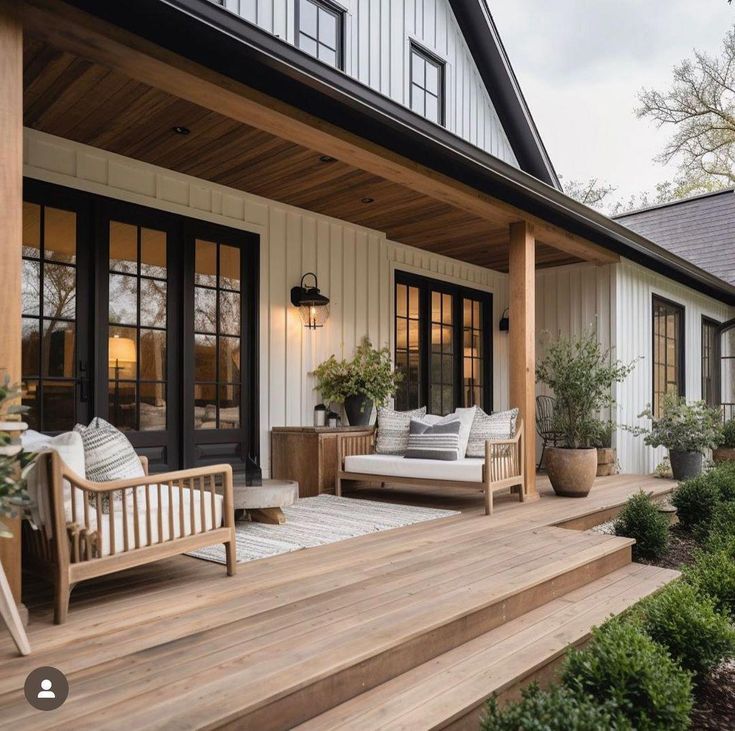
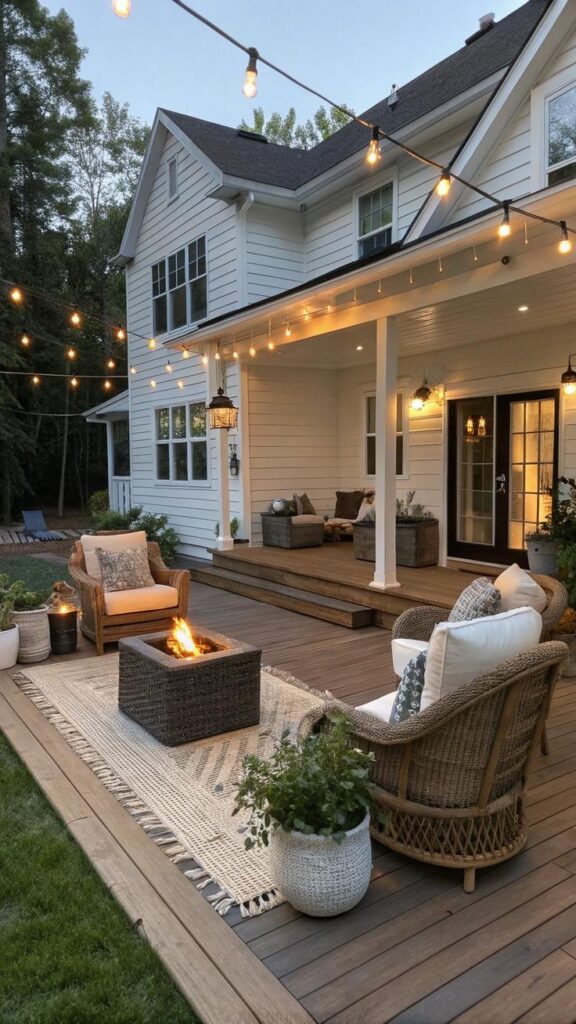
Porches are key features of farmhouse exteriors, offering both function and style. A wide, covered porch with wooden beams and a sturdy railing invites gatherings and relaxation.
Adding rocking chairs or simple wooden benches makes the space more welcoming. Natural materials like wood or stone stairs connect the home to the earth visually and physically.
The front door should stand out with a bold, warm color or vintage hardware. Large windows around entrances help bring natural light inside and showcase the farmhouse’s open, airy feel.
Outdoor Decorative Features
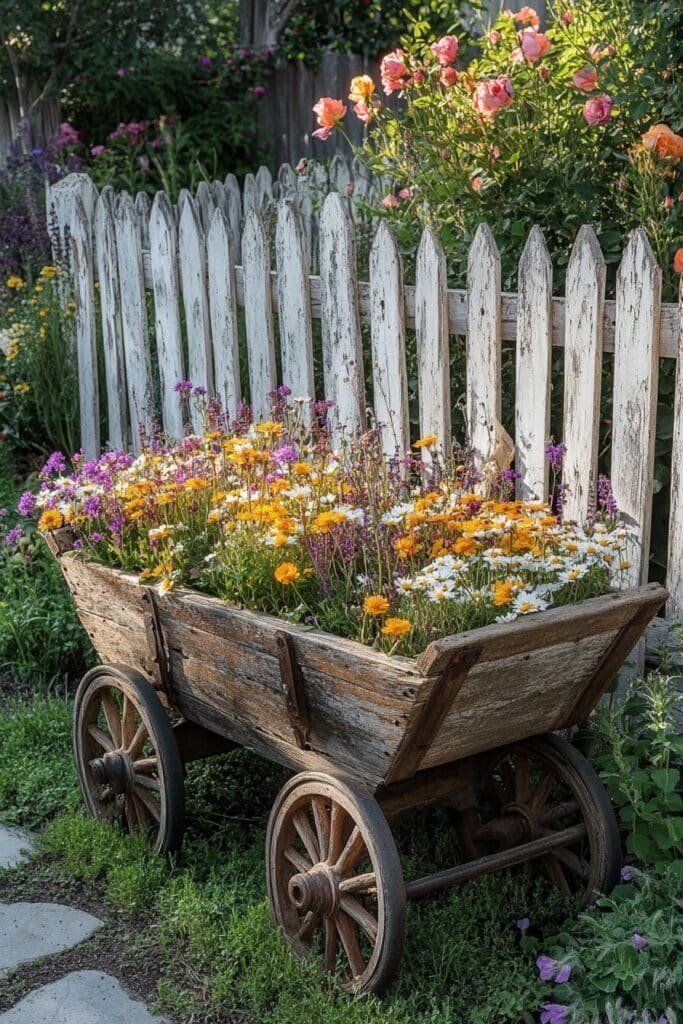
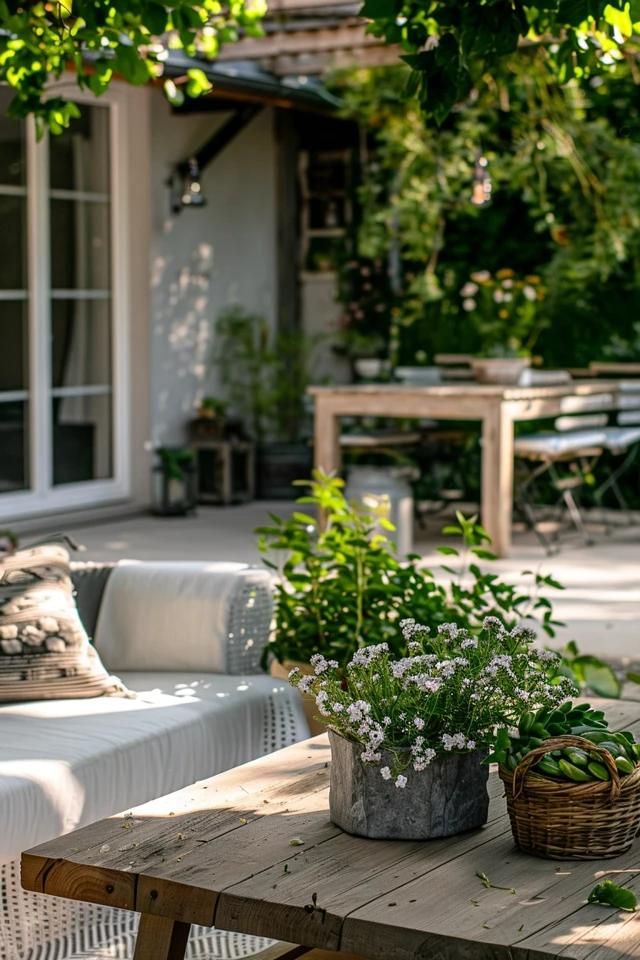
Subtle decorative elements reinforce farmhouse style without overwhelming. Hanging lanterns or classic wall sconces near doors provide warm lighting and enhance safety.
Using rustic materials like wrought iron, reclaimed wood, or galvanized metal complements the look. Decorative touches such as vintage signs, wooden crates, or hand-carved details can add personality.
Planters with seasonal flowers near entryways or steps deliver seasonal color shifts that feel inviting year-round. Adding a traditional mailbox or weather vane can complete the overall charming aesthetic.
Inviting Interior Spaces
Creating a farmhouse interior that feels warm and welcoming involves balancing openness with comfort. Thoughtful furniture choices and intentional decorations enhance the charm and make the space visually appealing.
Open Floor Plans and Cozy Layouts
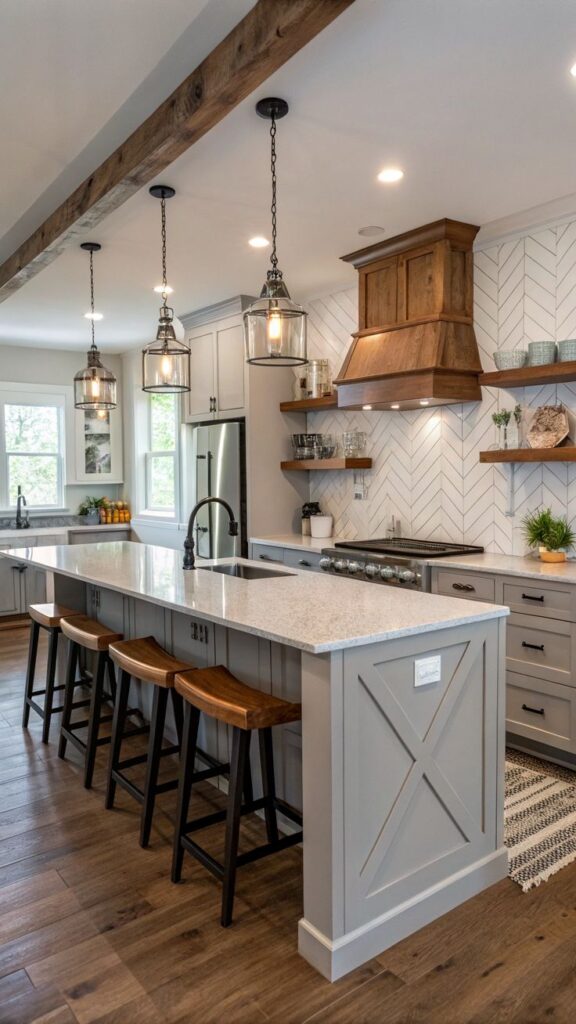
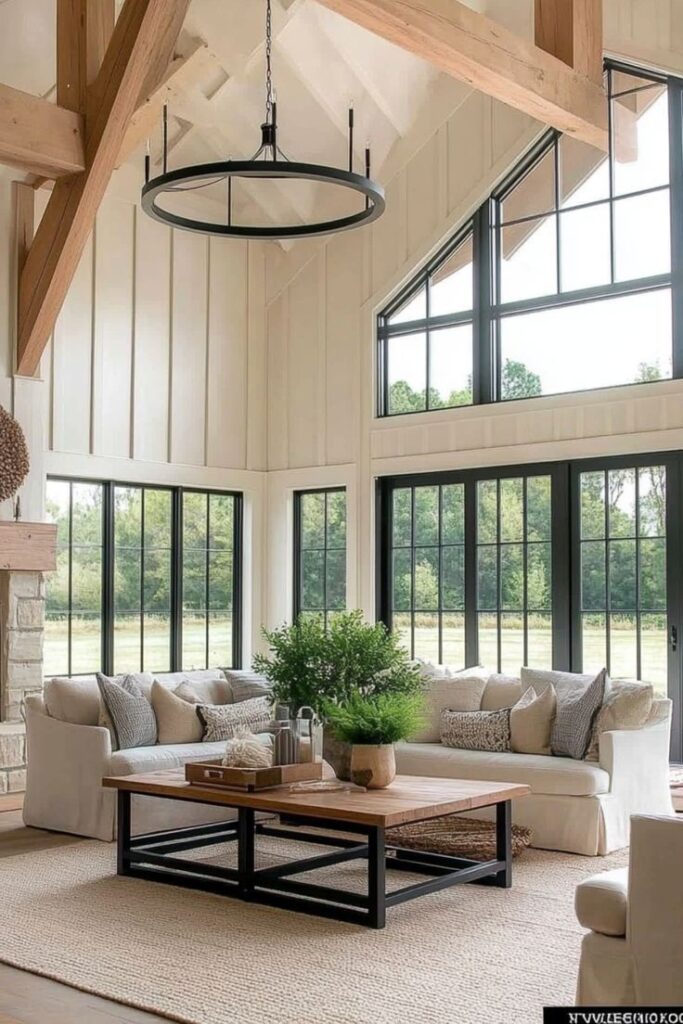
Open floor plans maximize natural light and create an airy atmosphere in farmhouse homes. Wide spaces allow for easy movement but should include defined areas to maintain coziness. Using area rugs, sectional seating, or farmhouse tables helps break up the openness without cluttering the room.
Layering soft textures such as throw blankets and cushions invites relaxation. Positioning furniture to encourage conversation, like arranging chairs around a fireplace, enhances comfort amid the openness.
Curating Vintage Furnishings
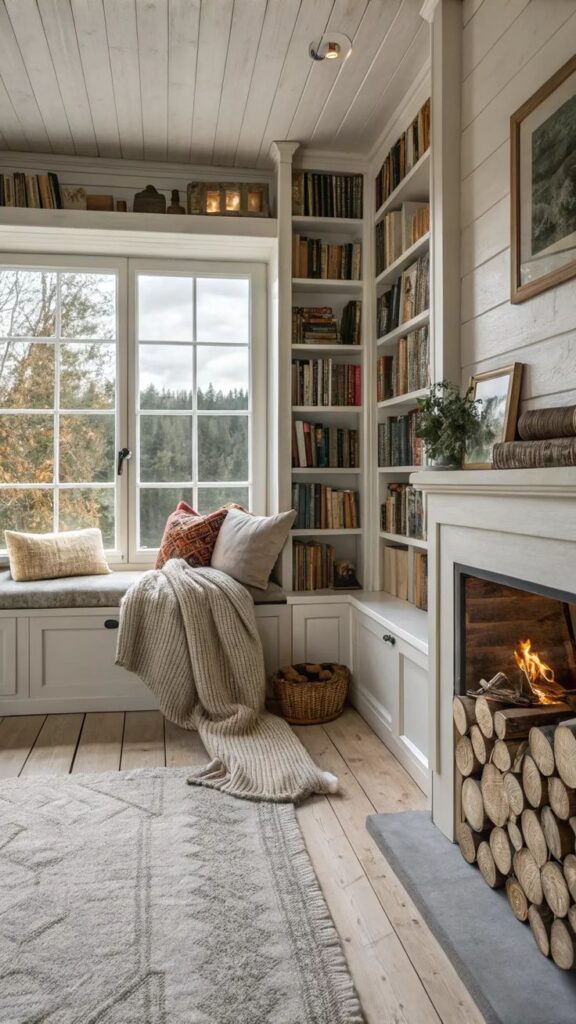
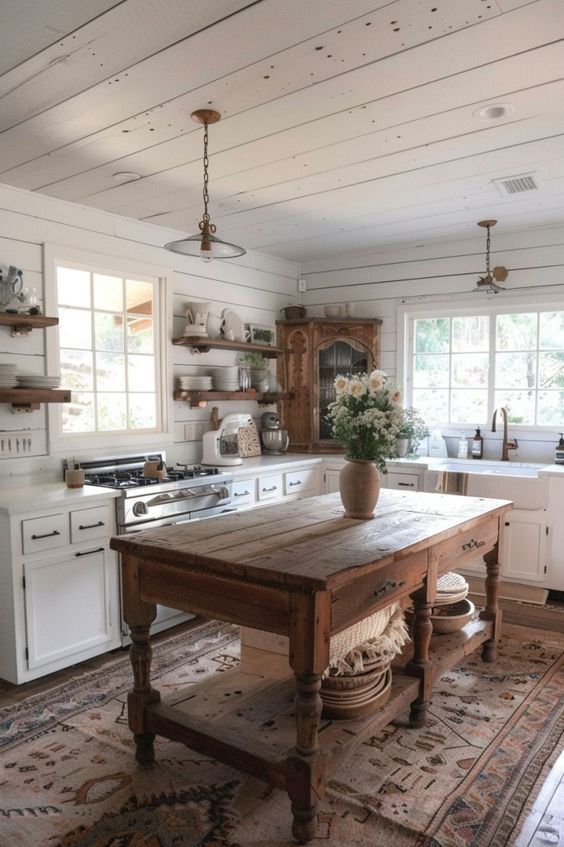
Vintage pieces contribute to farmhouse style by adding history and character. Look for reclaimed wood furniture, distressed cabinets, and antique dressers with a simple design.
Mix old and new items carefully; a vintage dining table paired with modern light fixtures maintains balance. Prioritize pieces with clean lines and natural finishes to avoid overwhelming the space.
Accent Decor and Artwork
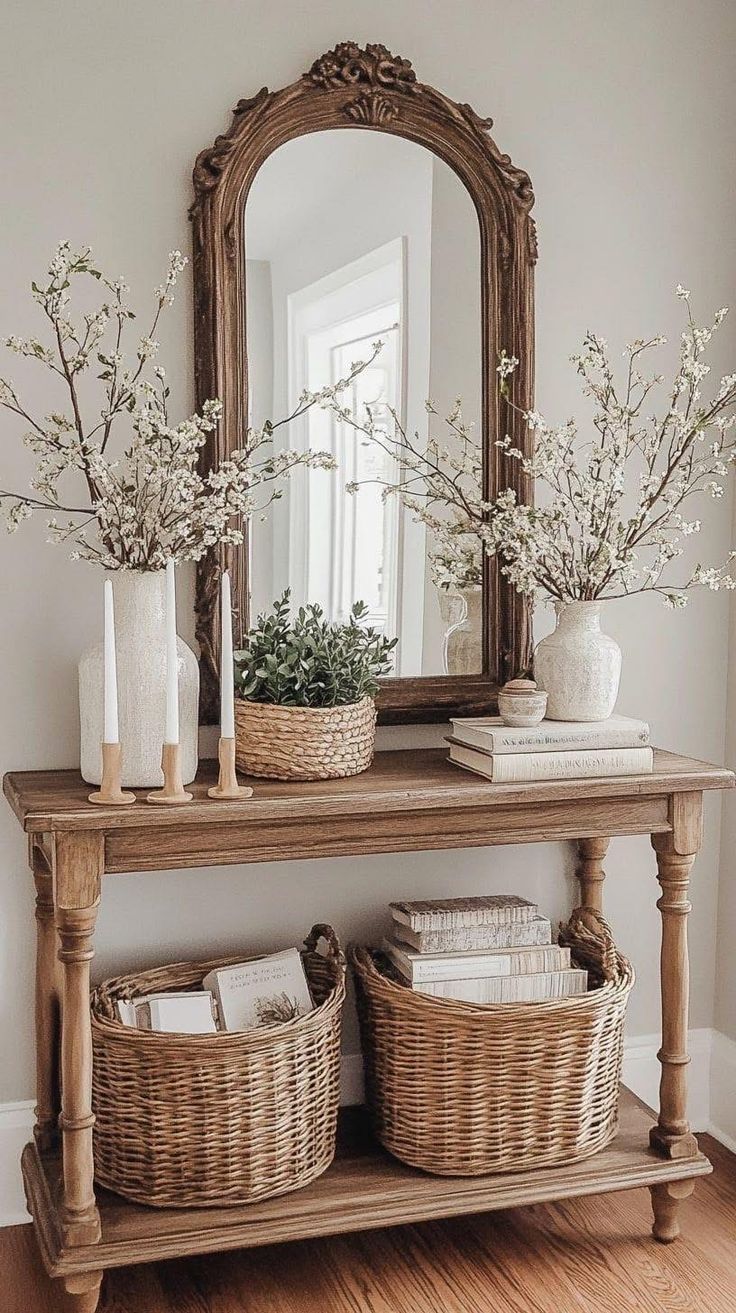
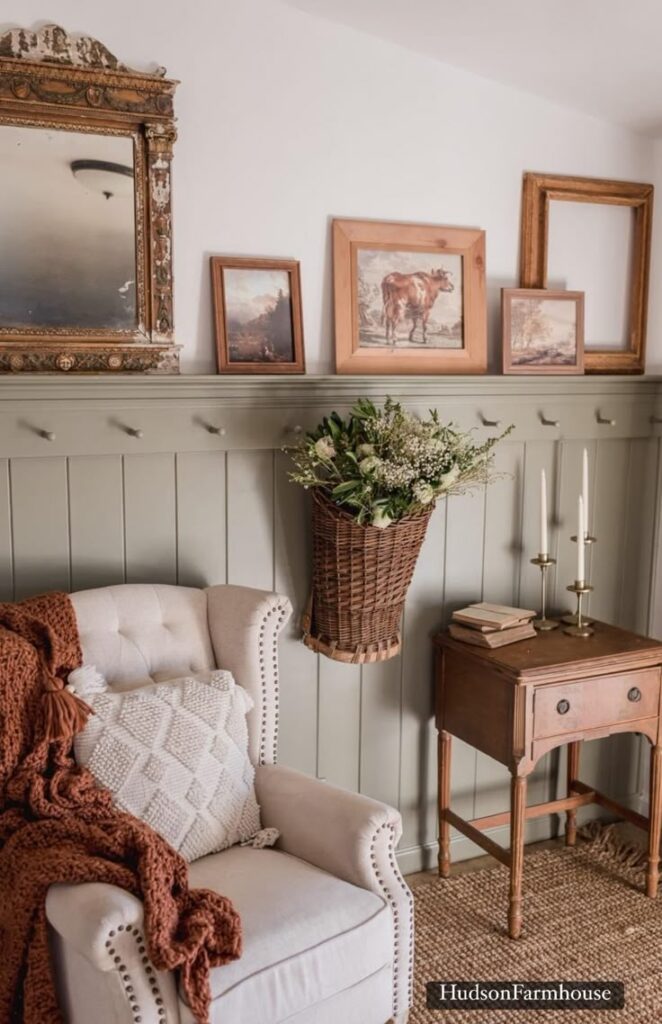
Accent pieces give personality to a farmhouse interior. Rustic greenery, like potted herbs or dried flowers, brings life and texture.
Artwork should complement the theme—consider vintage prints, black and white photographs, or landscapes framed in wood. Grouping similar items creates a gallery wall that feels intentional and connected.
Use mirrors to reflect light and expand the visual space, especially in smaller rooms. Simple decorative objects like woven baskets or ceramic pitchers add subtle interest without clutter.
Conclusion
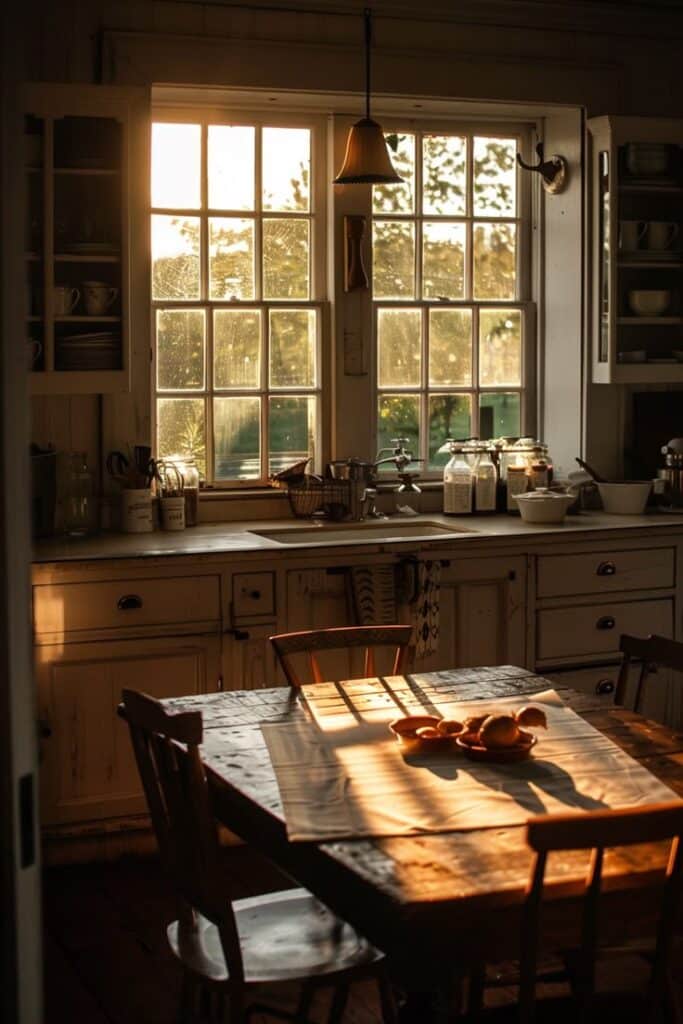
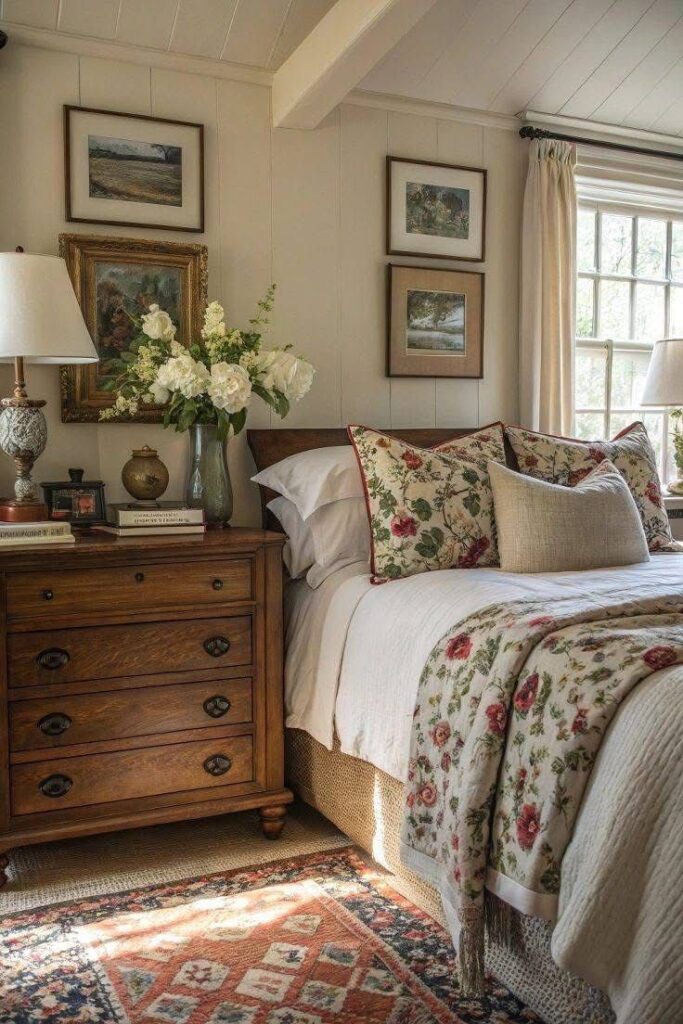
Creating a visually appealing farmhouse in a village setting blends simplicity with charm. Attention to detail, such as choosing natural materials and embracing traditional colors, helps the home feel welcoming and authentic.
Outdoor elements like decks, ponds, and thoughtful landscaping extend the farmhouse’s character beyond its walls. These features connect the house to the environment, making it feel like part of the village landscape.
Simple design choices—like classic siding styles or rustic accents—can make a big difference. Avoiding overly modern or flashy trends keeps the farmhouse in harmony with its surroundings.
Key Elements for Village Farmhouse Appeal:
| Element | Importance |
|---|---|
| Natural Materials | Enhance authenticity |
| Balanced Colors | Maintain traditional feel |
| Outdoor Spaces | Connect home with nature |
| Simple Details | Preserve harmony with village |
With careful planning and respect for farmhouse tradition, any home can improve its village presence. The look remains approachable, warm, and true to its roots.
- 411shares
- Facebook0
- Pinterest411
- Twitter0


